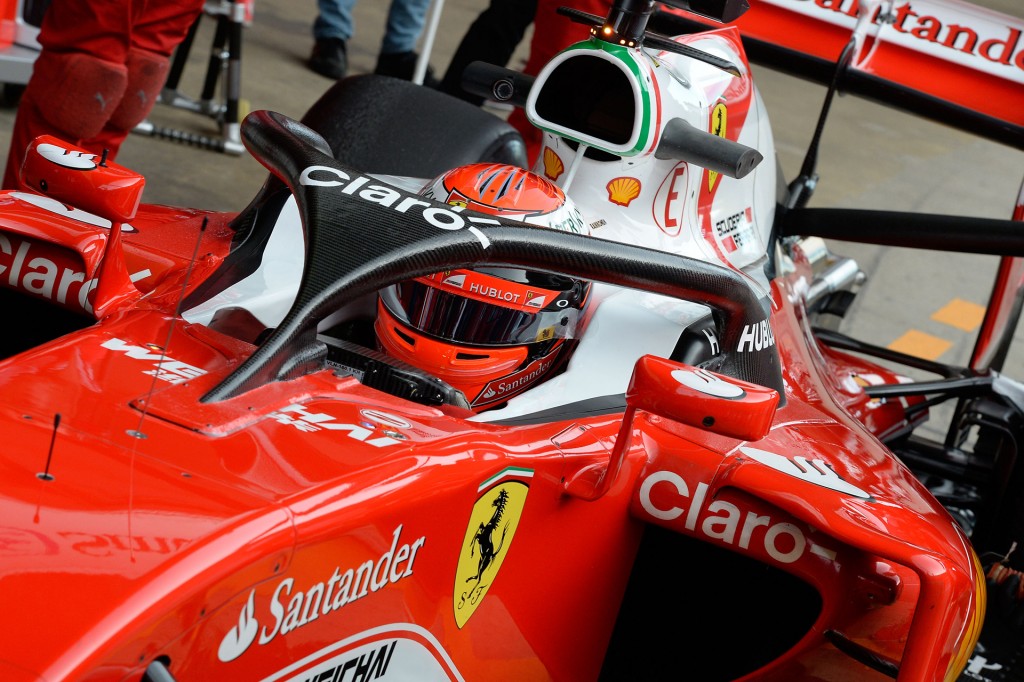Formula One organizers late last week came out with the statement that a new Shield was the preferred cockpit protection solution to be introduced next year, as opposed to the previously preferred Halo solution which has been in development for the past several years and already tested by a number of drivers last year.
The design for the Shield is yet to be finalized but is said to be similar to the Aeroscreen devised by Red Bull Racing. The cockpit will remain open but a transparent protective barrier with a ramp-like surface will sit in front of the driver’s helmet.
Red Bull was one of the most vocal critics of the Halo because of concerns a driver’s helmet might come into contact with its protective bars.

2016 Ferrari Formula One car equipped with Halo cockpit protection
Another solution tested as far back as 2011 was a jet fighter-style canopy, though it never proved popular.
Organizers hope to have the Shield ready for implementation next year. They were prompted to improve the safety of the sport after the death of IndyCar driver Justin Wilson in 2015. The Briton died after being struck in the head by a loose piece of debris during a race.
Another key change decided upon by the organizers at their most recent meeting were new restrictions to engine cover dimensions aimed at eliminating the current shark fins and T-wings. The latter, in particular, has been criticized for making the cars look odd as well as being dangerous. One of the T-wings on Mercedes’ car snapped off during practice at the previous Bahrain Grand Prix and caused significant damage after coming into contact with one of Red Bull’s cars.
